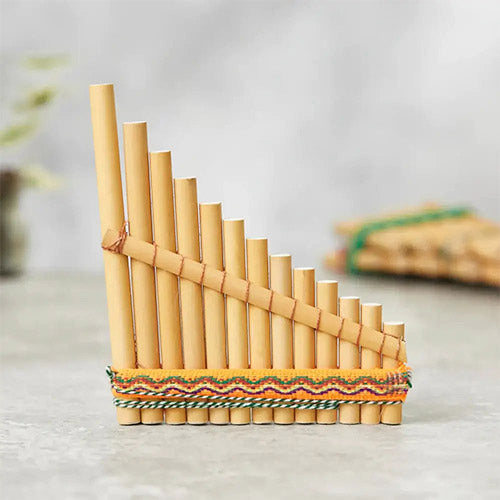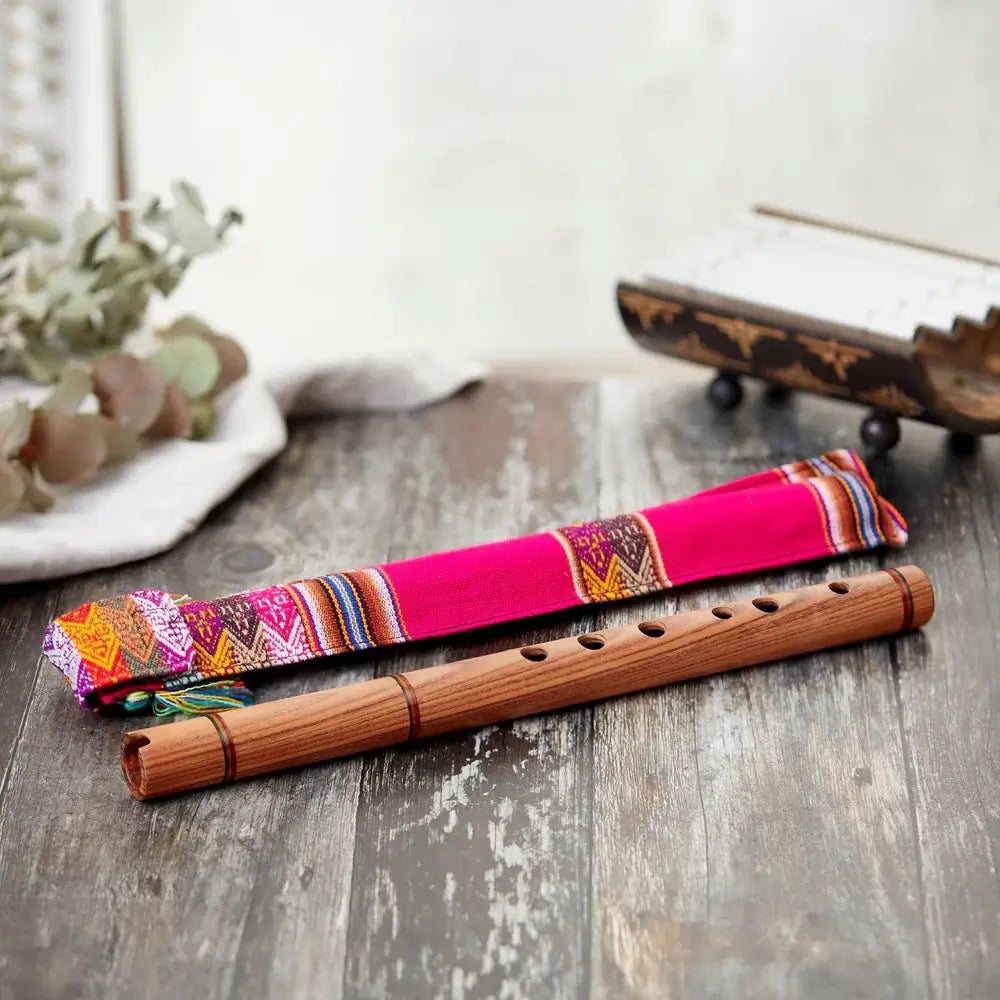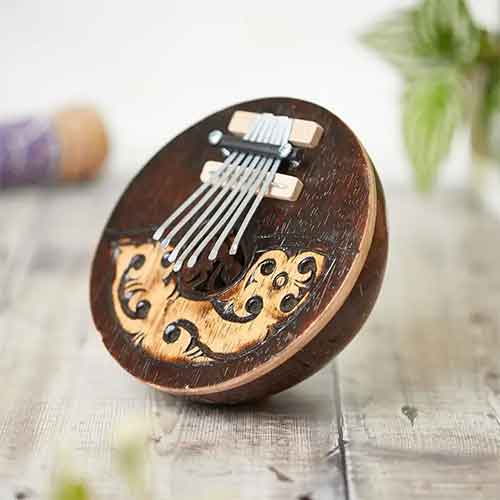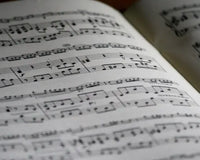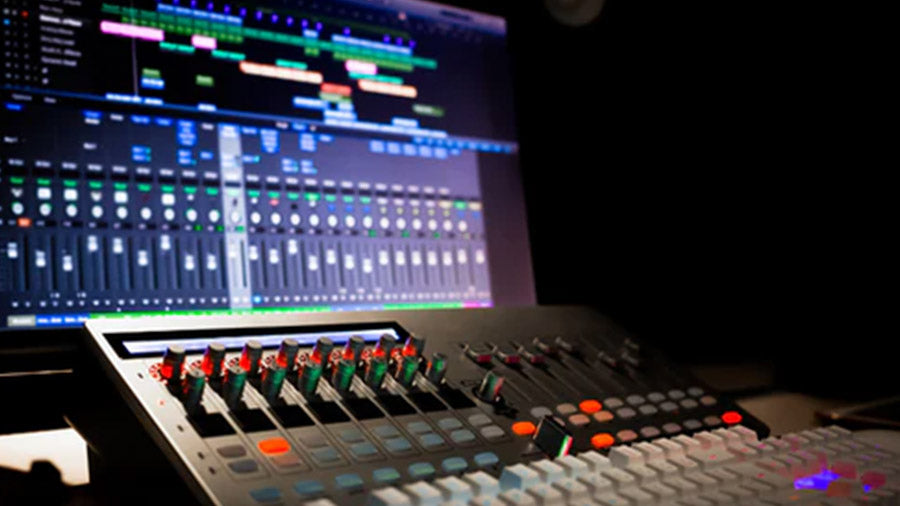Panpipes are a wind instrument that has been around for thousands of years, with their origins dating back to ancient civilizations. This instrument can be found in various genres of music across different countries, each with their unique style and sound. In this blog post, we'll dive deep into the history of panpipes, exploring their origin, research, facts, and their presence in different countries.
The Origin and History of Panpipes

Panpipes also known as pan flutes originated in ancient Greece and were made from hollow reeds named after the god Pan. They were used in religious ceremonies and spread to Rome where they became popular among shepherds. The instrument has a rich history in South America particularly in the Andean regions of Peru, Bolivia, and Ecuador where it is used in traditional music and ceremonies.
Panpipes are known for their unique sound and have been adopted by various cultures worldwide including in Africa where they are called "Siku" and made from bamboo. The instrument is played in groups and in countries like Peru it is performed in large ensembles called "conjuntos." The panpipe is also an important part of life in the Solomon Islands where it preserves traditions through ceremonial music. Although their origins are not fully clear, panpipes have left a mark on many musical traditions around the world.
The most famous pan flutists around the world

Let’s explore some of the most renowned panpipes artists from around the world.
Matthias Schlubeck is a Spanish panflutist known for his virtuoso performances and unique style. He has performed in various countries and has released many albums showcasing his talent. Schlubeck's music is known for its blend of traditional and contemporary styles.
Simion Stanciu, also known as Syrinx, is a panflutist from Switzerland. He has performed with many renowned musicians and has recorded numerous albums. Stanciu's music is characterized by his ability to blend different styles, creating a unique sound.
Ulrich Herkenhoff is a German panflutist known for his innovative approach to playing the instrument. He has performed in many countries and has collaborated with various musicians. Herkenhoff's music is characterized by its blend of traditional and modern styles, creating a unique sound.
Noortje van Middelkoop is a Dutch panflutist known for her virtuosity and performances. She has performed in many countries and has recorded numerous albums. Middelkoop's music is characterized by her ability to create a unique sound, combining traditional and contemporary styles.
Gheorghe Zamfir is a Romanian musician and one of the most renowned panpipes players in the world. He has recorded over 300 albums and has performed in various countries. Zamfir's music is known for its blend of traditional and contemporary styles, creating a unique sound.
Where to Buy Traditional Panpipes?
★★★★★ - " Delighted with this. Plays well, sounds good, fantastic service". - Verified Buyer
Panpipes can be purchased from music stores or online retailers. When buying panpipes, it's important to choose a high-quality instrument to ensure good sound and durability. Panpipes are a fascinating musical instrument that produce a unique sound. Whether you're a musician or music lover, learning more about panpipes can deepen your appreciation for this wonderful instrument.
Shop Authentic Panpipes Today.
Panpipes - Frequently Asked Questions
Where do panpipes come from?
Panpipes have been played in many parts of the world, including South America, Europe, and Asia. They have been used in traditional music for centuries and are still popular.
What types of panpipes are there?
There are many types of panpipes, each with its own unique sound and construction. Some of the most common types include the Andean siku, the Romanian nai, and the Peruvian zampona.
How do you play panpipes?
To play panpipes, a musician blows across the top of the pipes, adjusting their breath to produce different notes. By covering or uncovering the pipe holes, they control the pitch, creating various dynamics and effects. Playing requires skill and practice to master the right amount of air for each note.
Are panpipes difficult to play?
Panpipes can be challenging to learn to play, as they require good breath control and finger dexterity. However, with practice, anyone can learn to play the panpipes.
What kind of music is played on panpipes?
Panpipes are often used in traditional folk music, but they can also be heard in other genres such as classical and even pop music. Some famous songs that feature panpipes include "El Condor Pasa" and "The Lonely Shepherd."
What is the difference between Panpipes and pan flute?
Panpipes and pan flute are essentially identical instruments. They are both wind instruments comprised of bamboo pipes. The difference between them is that panpipes consist of four to eighteen cane tubes, while pan flutes have tubes of varying lengths or are blocked at different points. Both instruments are played by blowing across the top of each tube to produce distinct notes. These instruments are often referred to interchangeably as "panpipes" or "pan flute."
What family do panpipes belong to?
In classification terms, panpipes are categorized as aerophones under the Sachs-Hornbostel system, or within the orchestral lexicon, they are identified as members of the woodwind instrument family.
How do pan pipes change pitch?
Longer straws produce deeper sounds with lower frequencies, whereas shorter straws create higher-pitched sounds with higher frequencies.



